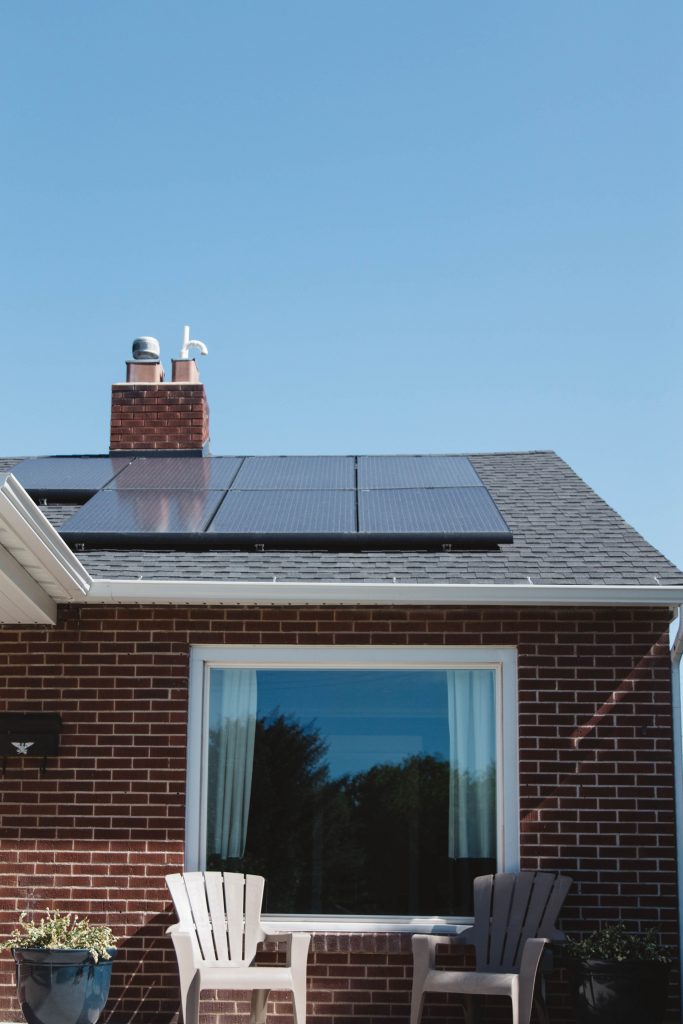
Energy efficiency is a crucial aspect of creating a sustainable and environmentally friendly home. By implementing energy-efficient practices and technologies, you can reduce your energy consumption, lower utility bills, and minimize your carbon footprint. Here are some tips to improve energy efficiency in your home:
- Insulation:
- Properly insulate your home to reduce heat transfer and maintain comfortable temperatures.
- Insulate the walls, attic, and floors to prevent air leaks and heat loss.
- Use weatherstripping and caulk to seal gaps around doors, windows, and other openings.
- Efficient Heating and Cooling:
- Install a programmable thermostat to optimize temperature settings and save energy.
- Regularly maintain and service your heating and cooling systems for optimal performance.
- Consider upgrading to energy-efficient HVAC units that have high SEER (Seasonal Energy Efficiency Ratio) ratings.
- Use ceiling fans to enhance air circulation and reduce reliance on air conditioning.
- Energy-Efficient Lighting:
- Replace traditional incandescent light bulbs with energy-efficient LED or CFL bulbs.
- Use natural light by opening curtains or blinds during the day.
- Install motion sensors or timers for outdoor lighting to reduce unnecessary energy consumption.
- Energy-Efficient Appliances:
- Upgrade to energy-efficient appliances with ENERGY STAR® ratings.
- Choose appliances like refrigerators, washing machines, and dishwashers that consume less energy.
- Unplug electronics and chargers when not in use, as they can draw power even in standby mode.
- Water Conservation:
- Install low-flow showerheads and faucets to reduce water usage.
- Fix leaks promptly to avoid wasting water.
- Use energy-efficient washing machines and dishwashers that have water-saving features.
- Consider collecting rainwater for outdoor use, such as watering plants or washing cars.
- Renewable Energy Sources:
- Install solar panels to generate clean and renewable energy for your home.
- Explore the feasibility of wind turbines or geothermal systems in your area.
- Utilize solar-powered outdoor lighting or solar water heaters for energy efficiency.
- Smart Home Technology:
- Use smart thermostats that learn your preferences and adjust heating and cooling accordingly.
- Install smart power strips that cut off power to devices in standby mode.
- Use smart home automation systems to control lighting, heating, and cooling remotely.
- Home Energy Audits:
- Conduct a home energy audit to identify areas where energy efficiency can be improved.
- Seek professional help or use DIY energy audit kits to assess your home’s energy performance.
- Focus on areas such as insulation, air leaks, and appliance efficiency.
By implementing these energy-efficient practices, you can create a more sustainable and cost-effective living environment. Additionally, check with your local government or utility companies for potential energy-saving incentives, rebates, or grants that can further support your energy efficiency efforts.
